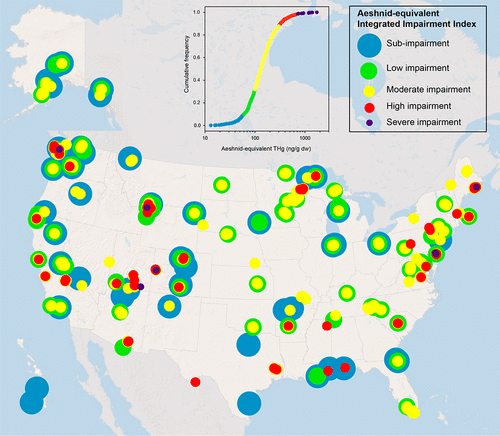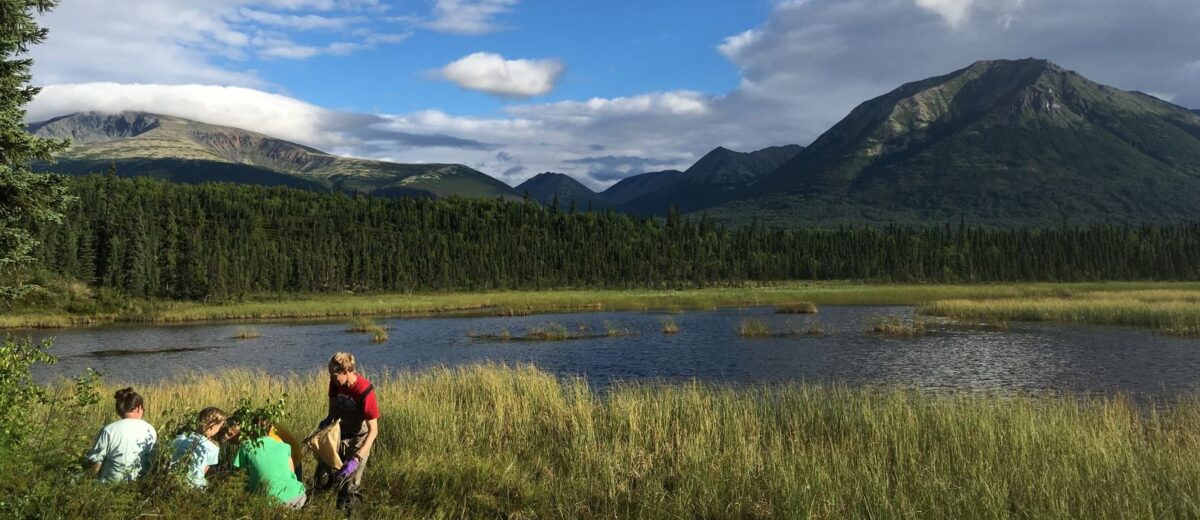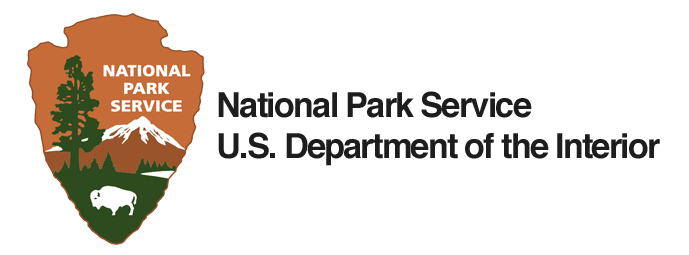The foundational work on the Dragonfly Mercury Project was published today in the journal, Environmental Science & Technology,
“A national-scale assessment of mercury bioaccumulation in United States national parks using dragonfly larvae as biosentinels through a citizen-science framework.”
Working with citizen scientists, National Park Service scientists and research partners assessed mercury concentrations in dragonfly larvae across more than 450 sites in 100 National Park Service units and other protected lands. In addition to providing insight into how mercury varies by location and habitat types, the project also demonstrated that dragonfly larvae – collected by citizen scientists from lakes, wetlands, and streams – are effective sentinels of potential mercury pollution in food webs. The large database allowed the researchers to develop of an index of pollution risk that can help natural resource managers prioritize actions to protect wildlife and ecosystems. In Acadia National Park, many water bodies were found to have high enough mercury concentrations to suggest that fish in those sites likely exceed EPA’s fish consumption guidelines.
“The study’s results are striking and it is great to see them published in a peer-reviewed paper,” said Acadia National Park Science Coordinator Abe Miller-Rushing. “Schoodic Institute and Acadia National Park were a big part of the start of this project, and staff including Bill Zoellick, Hannah Webber, Bill Gawley, Kate Petrie, and Michael Marion have been involved since the beginning or very near the beginning, as has Sarah Nelson, then at the University of Maine and now with the Appalachian Mountain Club. This is an incredible example of how to take a project from an innovative seed of an idea to a scaled-up project that addresses national needs for resource management, public health, and public engagement. Hopefully some of our other seed projects will grow to meet similar success.”
“The scope and depth of this work stand it up as a potential landmark study on mercury in national parks and across the landscape, particularly in light of the citizen science framework under which it was implemented,” said Colleen Flanagan Pritz, an ecologist with the National Park Service Air Resources Division in Lakewood, Colorado and Dragonfly Mercury Project co-lead. The project is jointly managed by National Park Service and U.S. Geological Survey, in collaboration with Appalachian Mountain Club and Dartmouth College.
The Dragonfly Mercury Project team is currently working with a number of federal agencies to expand the program to a variety of protected areas across North America to assess risk to wildlife and human health, develop management strategies, assess the effectiveness of mercury mitigation policies (e.g., Minamata Convention), engage the public in science, and inform the public about risks from mercury pollution.





